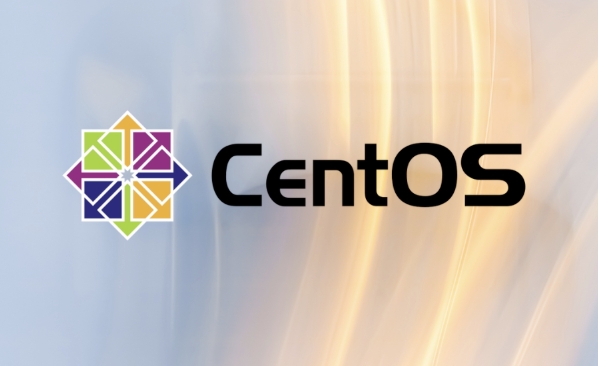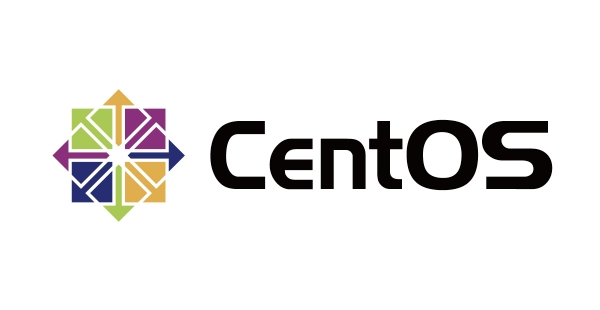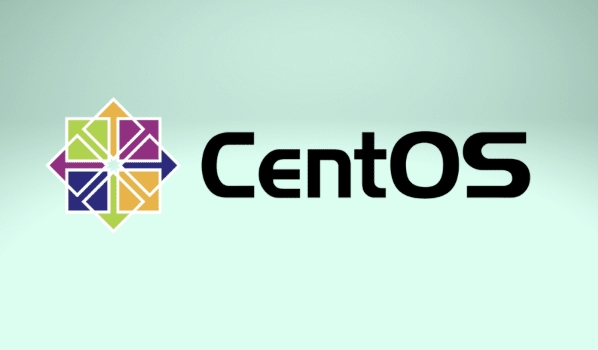CentOS Stream is a rolling preview of RHEL, not a stable downstream rebuild; 1) it provides continuous updates from Red Hat’s midstream development between Fedora and RHEL, 2) it enables early access to upcoming RHEL features for developers, sysadmins, and contributors, 3) it supports community feedback to influence future RHEL releases, 4) it is best for those aligning with RHEL’s development cycle but not for production environments needing maximum stability, and 5) it is free and maintained by Red Hat, while Rocky Linux and AlmaLinux are better alternatives for those seeking a stable, traditional CentOS replacement.

CentOS Stream is a Linux distribution that serves as the rolling preview of Red Hat Enterprise Linux (RHEL). It’s not just a downstream rebuild of RHEL (like the original CentOS was), but rather a midstream development platform that sits between Fedora and RHEL in Red Hat’s development pipeline.

What Makes CentOS Stream Different?
Unlike traditional Linux distributions that release major versions on a fixed schedule, CentOS Stream follows a continuous delivery model. This means:
- Updates and features are delivered as they are developed, not after a full RHEL release.
- It gives developers, sysadmins, and partners early access to upcoming RHEL changes.
- It allows the community to test, contribute feedback, and influence what ends up in future RHEL versions.
Think of it like this:

- Fedora → Cutting-edge, fast-moving (upstream of RHEL)
- CentOS Stream → Rolling preview of RHEL (midstream)
- RHEL → Stable, enterprise-grade (the final product)
- CentOS (original) → Was a binary-compatible rebuild of RHEL (downstream), but discontinued in 2021
Who Should Use CentOS Stream?
CentOS Stream is best suited for:
- Developers who want to build and test applications on a platform that closely mirrors future RHEL releases.
- System administrators in enterprise environments who need to stay ahead of changes.
- Open-source contributors and partners working with Red Hat.
- Organizations that want to align closely with RHEL’s development cycle.
It’s not ideal for users who:

- Need maximum stability for production servers.
- Prefer long-term support with minimal changes (in which case, RHEL, AlmaLinux, or Rocky Linux may be better choices).
Key Points to Remember
- CentOS Stream is maintained by Red Hat.
- It’s free to use, like the original CentOS.
- It has a predictable release model, with updates flowing in regularly.
- It’s not a drop-in replacement for the old CentOS Linux if you're expecting a stable, set-in-stone OS.
Bottom Line
CentOS Stream is not your traditional “stable server OS.” Instead, it's a development-focused, forward-looking distro designed to work hand-in-hand with RHEL’s evolution. If you want stability, consider Rocky Linux or AlmaLinux—both are community-driven, binary-compatible replacements for the original CentOS.
Basically, CentOS Stream is where RHEL’s future is built—and you’re invited to see it happen in real time.
The above is the detailed content of What is CentOS Stream. For more information, please follow other related articles on the PHP Chinese website!

Hot AI Tools

Undress AI Tool
Undress images for free

Undresser.AI Undress
AI-powered app for creating realistic nude photos

AI Clothes Remover
Online AI tool for removing clothes from photos.

Clothoff.io
AI clothes remover

Video Face Swap
Swap faces in any video effortlessly with our completely free AI face swap tool!

Hot Article

Hot Tools

Notepad++7.3.1
Easy-to-use and free code editor

SublimeText3 Chinese version
Chinese version, very easy to use

Zend Studio 13.0.1
Powerful PHP integrated development environment

Dreamweaver CS6
Visual web development tools

SublimeText3 Mac version
God-level code editing software (SublimeText3)

Hot Topics
 CentOS: Exploring the Alternatives
Apr 15, 2025 am 12:03 AM
CentOS: Exploring the Alternatives
Apr 15, 2025 am 12:03 AM
Alternatives to CentOS include UbuntuServer, Debian, Fedora, RockyLinux, and AlmaLinux. 1) UbuntuServer is suitable for basic operations, such as updating software packages and configuring the network. 2) Debian is suitable for advanced usage, such as using LXC to manage containers. 3) RockyLinux can optimize performance by adjusting kernel parameters.
 Introduction to the characteristics, advantages, disadvantages and features of Linux distributions
Jan 27, 2024 am 09:36 AM
Introduction to the characteristics, advantages, disadvantages and features of Linux distributions
Jan 27, 2024 am 09:36 AM
Linux was first compiled by Linus Benedict Torvalds in 1991. Introduction to various Linux distributions and their similarities and differences. Prior to this, Richard Stallman created the Free Software Foundation (FSF) organization and the GNU project Linux distribution introduction, and continued to compile and create GNU programs (the license form of such programs is GPL: General Public License). As outstanding programmers and developers continue to join the GNU organization, the Linux we see today is created, or GNU/Linux. Linux distributions can be roughly divided into
 CentOS: A Community-Driven Linux Distribution
Apr 17, 2025 am 12:03 AM
CentOS: A Community-Driven Linux Distribution
Apr 17, 2025 am 12:03 AM
CentOS is a stable, enterprise-grade Linux distribution suitable for server and enterprise environments. 1) It is based on RedHatEnterpriseLinux and provides a free, open source and compatible operating system. 2) CentOS uses the Yum package management system to simplify software installation and updates. 3) Support advanced automation management, such as using Ansible. 4) Common errors include package dependency and service startup issues, which can be solved through log files. 5) Performance optimization suggestions include the use of lightweight software, regular cleaning of the system and optimization of kernel parameters.
 CentOS: An Introduction to the Linux Distribution
Apr 19, 2025 am 12:07 AM
CentOS: An Introduction to the Linux Distribution
Apr 19, 2025 am 12:07 AM
CentOS is an open source distribution based on RedHatEnterpriseLinux, focusing on stability and long-term support, suitable for a variety of server environments. 1. The design philosophy of CentOS is stable and suitable for web, database and application servers. 2. Use YUM as the package manager to release security updates regularly. 3. Simple installation, you can build a web server with a few commands. 4. Advanced features include enhanced security using SELinux. 5. Frequently asked questions such as network configuration and software dependencies can be debugged through nmcli and yumdeplist commands. 6. Performance optimization suggestions include tuning kernel parameters and using a lightweight web server.
 CentOS's Legacy: Why It Was Discontinued
Apr 13, 2025 am 12:12 AM
CentOS's Legacy: Why It Was Discontinued
Apr 13, 2025 am 12:12 AM
CentOS was terminated because RedHat shifted its focus to CentOSStream, which was used to speed up the RHEL development cycle and drive users to move to RHEL. Alternatives include: 1.RockyLinux, 2.AlmaLinux, 3.OracleLinux. Compatibility, support, and long-term planning are considered when choosing an alternative.
 Replacing CentOS: Identifying Suitable Replacements
Apr 27, 2025 am 12:04 AM
Replacing CentOS: Identifying Suitable Replacements
Apr 27, 2025 am 12:04 AM
CentOS needs alternatives because CentOSStream no longer provides long-term support. Alternative options include: 1. RockyLinux, which provides 10 years of life cycle support, suitable for users who need stability. 2.AlmaLinux also provides 10 years of support and has strong community support. 3. OracleLinux, provides RHEL-compatible version, and flexible life cycle management.
 The Discontinuation of CentOS: A Discussion
Apr 11, 2025 am 12:09 AM
The Discontinuation of CentOS: A Discussion
Apr 11, 2025 am 12:09 AM
CentOS has stopped maintaining and has moved to CentOSStream and no longer provides a production-friendly version. Impacts include system migration and enterprise reevaluation of Linux policies. Alternatives are: 1. Migrate to RHEL, 2. Turn to Ubuntu or Debian, 3. Consider CentOSStream as a test platform, 4. Use AlmaLinux or RockyLinux. It is recommended to develop a migration plan as early as possible to evaluate existing system and team needs.
 CentOS's Departure: Choosing the Right Alternative
Apr 29, 2025 am 12:04 AM
CentOS's Departure: Choosing the Right Alternative
Apr 29, 2025 am 12:04 AM
Alternatives to CentOS include AlmaLinux, RockyLinux, and OracleLinux. 1.AlmaLinux and RockyLinux rebuild RHEL 1:1, providing high stability and compatibility, suitable for enterprise environments. 2. OracleLinux provides high performance through UEK, suitable for users who are familiar with the Oracle technology stack. 3. When choosing, stability, community support and package management should be considered.






